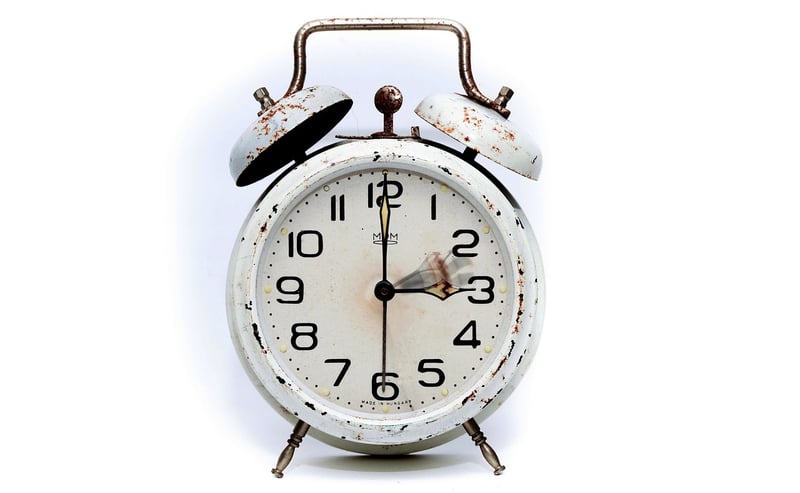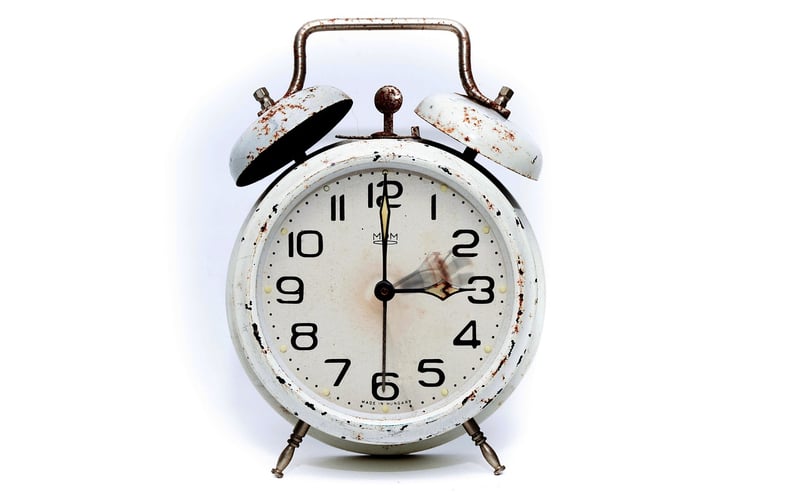Causality Loops
Unraveling Time Paradoxes and Causality Loops
Time travel has long been a captivating concept in science fiction, allowing characters to journey through time and alter the course of history. However, with time travel comes the complex and intriguing phenomena of time paradoxes and causality loops.
Time Paradoxes
A time paradox occurs when the past, present, and future become interconnected in a way that defies logic. One famous example is the grandfather paradox, where a time traveler goes back in time and prevents their grandfather from meeting their grandmother, thus preventing their own birth. This creates a paradox - if the time traveler was never born, how could they go back in time to prevent their birth?
Other types of time paradoxes include the bootstrap paradox, where an object or information is sent back in time in an infinite loop with no discernible origin, and the predestination paradox, where an event is ensured to happen because a time traveler from the future caused it in the first place.
Causality Loops
Causality loops, also known as causal loops or closed timelike curves, are events in which the cause and effect are intertwined in a loop with no clear beginning or end. In a causality loop, an event is its own cause, leading to a self-perpetuating cycle where cause and effect are indistinguishable.
One well-known example of a causality loop is the ontological paradox, where an object or information exists without ever being created - it simply exists because it was sent back in time from the future, creating a loop of existence with no origin.
Conclusion
Time paradoxes and causality loops challenge our understanding of cause and effect, raising profound questions about the nature of time and reality. While these concepts may seem perplexing and paradoxical, they continue to fascinate and inspire both scientists and storytellers alike.


